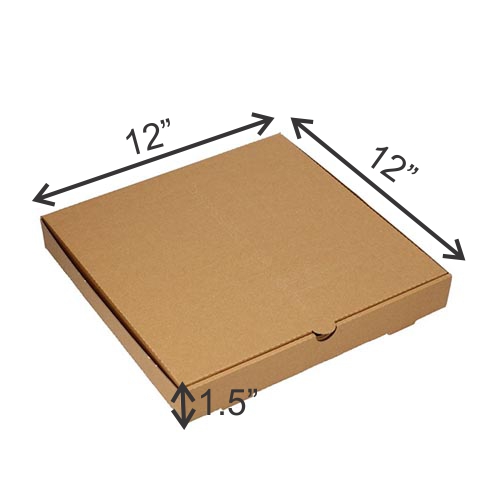Cooking can be a smoother, more enjoyable process when your kitchen is organized and your ingredients are ready to use. One of the simplest ways to streamline meal preparation is by understanding how long canned food lasts safely. Knowing this not only helps with meal planning but also reduces stress when deciding what to cook. From soups and beans to vegetables and fruits, canned foods are versatile staples that can save time and effort. Mastering their shelf life ensures your cooking routine stays efficient and your meals remain wholesome.
Understanding Shelf Life of Canned Foods
Canned foods are designed to last longer than fresh produce due to their airtight sealing and preservation methods. While each type of canned food may vary slightly, here is a general guide:
- Vegetables: Typically last 1-2 years unopened.
- Fruits: Can last 1-2 years unopened, retaining flavor and nutrients.
- Meats and poultry: Often safe for 2-5 years if stored properly.
- Seafood: Usually lasts 2-5 years in unopened cans.
- Soups and ready meals: Can last 1-2 years unopened.
Proper storage in a cool, dry place away from direct sunlight maximizes the shelf life of canned items. Learning how is powdered milk made can prevent wasted canned food items.
Tips for Safe Use
To make cooking with canned foods simple and safe, follow these practical tips:
- Check expiration dates: Always note the best by or use by dates for reference.
- Inspect cans: Avoid cans that are bulging, leaking, or severely dented.
- Store wisely: Keep cans in a pantry or cupboard with stable temperature.
- Use FIFO (First In, First Out): Rotate older cans to the front and use them first.
These habits ensure that every meal you prepare is safe and hassle-free. Pantry organization extends how long does canned food last for emergency supplies.
Benefits of Knowing Canned Food Lifespan
Understanding the lifespan of canned foods offers multiple advantages for home cooks:
- Time-saving: No need to constantly check for freshness before cooking.
- Efficient meal planning: Allows preparation of meals in advance with confidence.
- Cost-effective: Reduces waste and helps manage your grocery budget.
- Peace of mind: Ensures your pantry is stocked with safe, ready-to-use ingredients.
Organize Your Kitchen for Easy Cooking
An organized kitchen works hand-in-hand with canned food knowledge:
- Group similar items: Keep vegetables, fruits, and proteins in separate sections.
- Label shelves: Mark cans with purchase dates or intended use dates.
- Create a meal plan: Base weekly recipes around what you have in your pantry.
By combining these organizational strategies with a clear understanding of canned food longevity, cooking routines become smooth, stress-free, and enjoyable.
Conclusion
Simplifying your cooking routine starts with knowing the safe lifespan of canned foods. From vegetables to meats, each type has its ideal storage period, making meal planning easier and kitchen management more efficient. With simple storage practices, regular rotation, and proper organization, canned foods can be your reliable allies in preparing fast, nutritious meals without hassle. Embrace this knowledge to enjoy more time cooking, less worry about spoilage, and a more structured, efficient kitchen.






